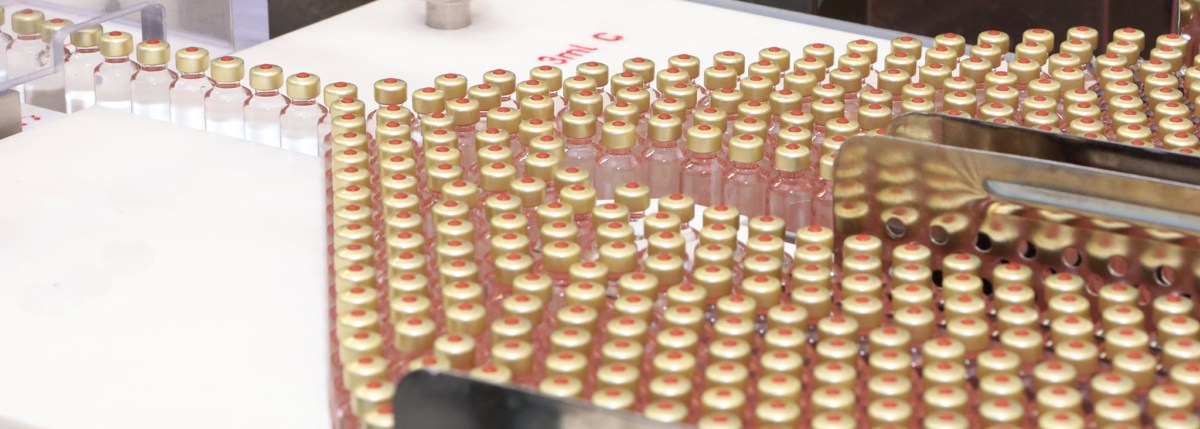Insulin: Past, Present & Future
Editor’s Note: People who take insulin require consistently affordable and predictable sources of insulin at all times. If you or a loved one are struggling to afford or access insulin, you can build custom plans based on your personal circumstances through our tool, GetInsulin.org. To learn more about the insulin access crisis in the United States, check out our insulin access page.
Insulin: it’s that thing that keeps people with type 1 diabetes alive. You may have heard of it. What you might not know is that one of the most expensive liquids in the world has a long and diverse past—and it’s certainly not done making history quite yet.
So, what exactly is your story, insulin? And what’s next for you?
It started with a dog. And then a cow.
If you’re reading this— you likely either have type 1 diabetes or care about someone who does. In which case, you may also have some familiarity with Frederick Banting: the person that made it possible for people with type 1 diabetes (T1Ds) to live a full and healthy life. He, along with assistant Charles Best, discovered insulin in 1921. They were able to extract insulin from a dog’s pancreas and successfully administer an injection of the life-saving substance to another dog dying from diabetes.
Shortly following—Banting and Best found that insulin extracted from cattle was a more refined option. In 1922, the pair was able to save the life of a young boy in Toronto on the brink of death by making him the first human to receive an injection using this form of insulin.
For decades, animal-based insulin was the standard of care, but a number of patients experienced allergic reactions to the insulin from cows. In 1978, a genetically engineered form of insulin, biosynthetic human insulin, was produced using E. coli bacteria. This lead to the first commercially available “human” insulin, named Humulin, first distributed by the pharmaceutical company Eli Lilly in 1982.
Forms of insulin today
An impressive array of forms of insulin are available to us now, as prescribed by our doctors.
Rapid-acting: Begins working in approximately 15 minutes. (Ex: Fiasp)
Short-acting: Begins working in approximately 30 minutes. (Ex: Humalog, Novolog)
Intermediate-acting: Begins working in approximately two to four hours. (Ex: ReliOn) Which is available at Walmart for those who cannot afford prescription insulin)
Long-acting: Remains in the bloodstream for approximately 24 hours. (Ex: Lantus)
Ultra long-acting: Remains in the bloodstream for approximately 36 hours. (Ex: Tresiba)
Inhaled insulin: Begins working in as quickly as 12 to 15 minutes as a correction, used in conjunction with long-acting or basal insulin. (Ex: Afrezza)
How “strong” is your insulin?
Insulin comes in differing “strengths,” due to the fact that it must be dissolved in liquid. There are three standard strengths available today: U-100, (100 units of insulin per milliliter of fluid), most recently, U-200, U-500 for those who need a more powerful insulin due to their body’s resistance, and U-40, commonly used to treat animals with diabetes.
So, insulin—where are you now?
The most recent news coming from the 2020 ADA conference included the FDA approval of Lyumjev, Lilly’s new rapid-acting insulin. Lyumjev is thought to be closer to the actual rate of insulin absorption in the body of a person without type 1 or type 2 diabetes. Lyumjev will be attainable to those with or without insurance at $35 per refill through Lilly’s copay card program.
Recent announcements also include the FDA approval of Semglee—a biosimilar (aka generic) long-acting form of insulin for those with both type 1 and type 2 diabetes that is similar to Lantus. The intention of biosimilars like Semglee are to give patients more options when it comes to overall access to insulin, although it is yet unknown what the price point of more widely available biosimilar insulins will be in the US market. Semglee will be available in both vials and insulin pens.
Looking to the future
What’s next for insulin, you ask? Well, aside from playing a fairly important role in the advancements of DIY looping and the artificial pancreas—there have been other research studies and trials that are solely insulin based, and less about the technology.
Glucose-responsive insulin, or “smart” insulin, has been in the works by a number of researchers around the world. One of which is helmed by Professor John Fossey the University of Birmingham.
The idea behind “smart” insulin is that a person with type 1 diabetes would take either an injection of insulin or a pill once daily. That insulin would remain in the bloodstream for the remainder of the day but would only activate when blood glucose levels started to rise. The insulin would deactivate when blood glucose levels reached a normal range. The potential of this study is endless, ranging from better A1C levels to less hypoglycemic events as well the decreased need for continuous glucose monitoring.
Overall, in the United States access to consistent and affordable insulin remains the primary issue, while access to insulin at all remains an issue globally, even as scientific advancements are being made to insulin itself. Developments in science and developments in access must happen simultaneously.





